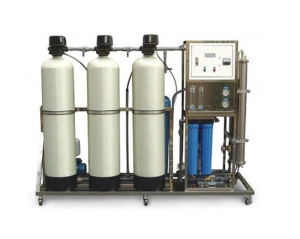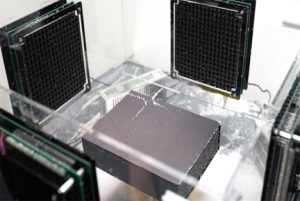Introduction:
Polymer water treatment plays a crucial role in various industries, including wastewater treatment, oil and gas production, mining, and agriculture. One of the most commonly used polymers in water treatment processes is polyacrylamide (PAM). This article aims to provide an overview of PAM and its applications in water treatment.
What is Polyacrylamide (PAM)?
Polyacrylamide is a synthetic polymer derived from acrylamide monomers. It is a high molecular weight polymer with a linear structure. PAM is highly soluble in water and can form a viscous solution. Due to its unique properties, PAM is widely used in water treatment processes.
Applications of PAM in Water Treatment:Flo.1cculation and Sedimentation: PAM is commonly used as a flocculant in water treatment plants. It helps in the removal of suspended solids and impurities by agglomerating them into larger particles, which can be easily separated through sedimentation or filtration processes.
Coagulation: PAM can be used in combination with coagulants like aluminum sulfate or ferric chloride to enhance the coagulation process. The addition of PAM improves the efficiency of coagulation, resulting in better removal of turbidity, organic matter, and heavy metals from water.
Sludge Dewatering: PAM is also used in sludge dewatering processes. It acts as a binding agent, promoting the formation of improving andlocs f larger the dewatering efficiency. This helps in reducing the volume of sludge generated and facilitates its disposal.
Enhanced Oil Recovery (EOR): In the oil and gas industry, PAM is used for enhanced oil recovery. It is injected into oil reservoirs to increase the viscosity of water, improving the sweep efficiency and displacing more oil from the reservoir.
Soil Erosion Control: PAM can be applied to soil surfaces to prevent erosion. When mixed with water, it forms a gel-like substance that binds soil particles together, reducing soil erosion caused by wind or water.
Benefits of Using PAM in Water Treatment:
Improved water quality: PAM aids in the removal of suspended solids, organic matter, and other contaminants, resulting in cleaner water.
Increased efficiency: PAM enhances the performance of coagulation and sedimentation processes, leading to faster and more effective water treatment.
Cost-effective: The use of PAM can reduce operating costs by minimizing chemical and energy requirements in water treatment plants.
Environmental sustainability: PAM can help in reducing the environmental impact of water treatment processes by optimizing resource utilization and minimizing waste generation.
Conclusion
olyacrylamide (PAM) is a versatile polymer widely used in water treatment processes. Its unique properties make it an effective flocculant, coagulant aid, and dewatering agent. PAM plays a vital role in improving water quality, enhancing treatment efficiency, and reducing environmental impact. As the demand for clean water continues to rise, the importance of polymer water treatment, including the use of PAM, will only increase in the future.




